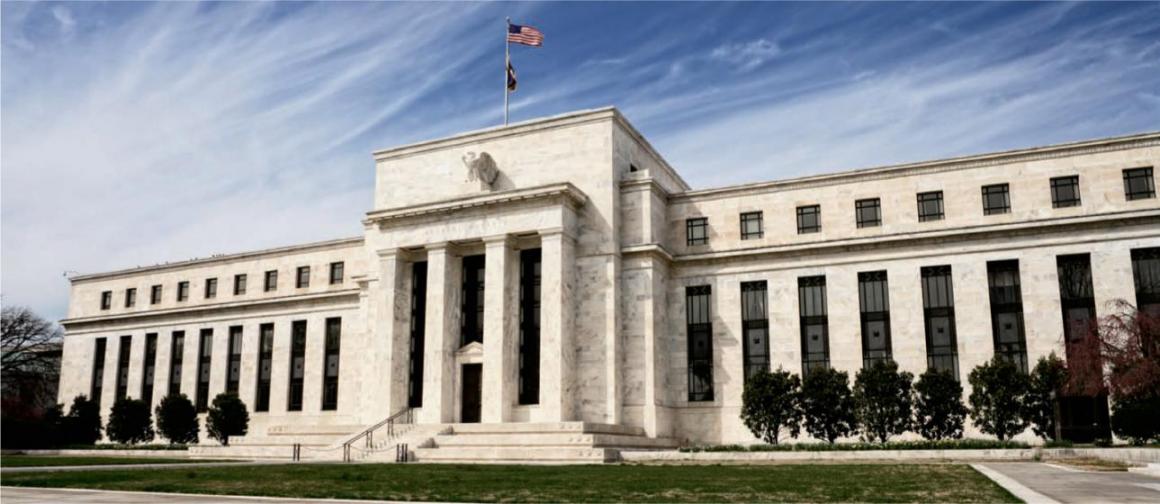The US Federal Reserve Board last week released its semiannual Monetary Policy Report to Congress, providing an assessment of the state of the American economy and outlining the central bank’s monetary policy going forward.
The report, along with Fed Chair Janet Yellen’s testimony before both the House of Representatives and the Senate, as well as a speech by Yellen the previous week in Cleveland, present a grim picture of the reality behind the official talk of economic “recovery”, WSWS reported.
In her prepared remarks to Congress last Wednesday and Thursday, Yellen said, “Looking forward, prospects are favorable for further improvement in the US labor market and the economy more broadly.”
She reiterated her assurances that while the Fed would likely begin to raise its benchmark federal funds interest rate later this year from the 0.0 to 0.25% level it has maintained since shortly after the 2008 financial crash, it would do so only slowly and gradually, keeping short-term rates well below historically normal levels for an indefinite period.
Slump in Real Economy
But as Yellen’s remarks and the Fed report indicate, the explosion of asset values and wealth accumulation at the very top of the economic ladder has occurred alongside an intractable and continuing slump in the real economy.
In her prepared testimony to the House Financial Services Committee and the Senate Banking Committee, Yellen noted the following features of the performance of the US economy over the first six months of 2015:
* A sharp decline in the rate of economic growth as compared to 2014, including an actual contraction in the first quarter of the year.
* A substantial slackening (19%) in average monthly job-creation, from 260,000 last year to 210,000 thus far in 2015.
* Declines in domestic spending and industrial production.
In her July 10 speech to the City Club of Cleveland, Yellen cited an even longer list of negative indices, including:
* Growth in real gross domestic product since the official beginning of the recovery in June, 2009 has averaged a mere 2.25% per year, a full one percentage point less than the average rate over the 25 years preceding what Yellen called the “Great Recession.”
* While manufacturing employment nationwide has increased by about 850,000 since the end of 2009, there are still almost 1.5 million fewer manufacturing jobs than just before the recession.
* Real GDP and industrial production both declined in the first quarter of this year. Industrial production continued to fall in April and May.
* Residential construction (despite extremely low mortgage rates by historical standards) has remained “quote soft.”
* Productivity growth has been “weak,” largely because “business owners and managers… have not substantially increased their capital expenditures,” and “businesses are holding large amounts of cash on their balance sheets.”
* Reflecting the general stagnation and even slump in the real economy, core inflation rose by only 1.2% over the past 12 months.
Business Declining
The Monetary Policy Report issued by the Fed includes facts that are, if anything, even more alarming, including:
* “Labor productivity in the business sector is reported to have declined in both the fourth quarter of 2014 and the first quarter of 2015.”
* “Exports fell markedly in the first quarter, held back by lackluster growth abroad.”
* “Overall construction activity remains well below its pre-recession levels.”
* “Since the recession began, the gains in… nominal compensation [workers’ wages and benefits] have fallen well short of their pre-recession averages, and growth of real compensation has fallen short of productivity growth over much of this period.”
* “Overall business investment has turned down as investment in the energy sector has plunged. Business investment fell at an annual rate of 2% in first quarter… Business outlays for structures outside of the energy sector also declined in the first quarter…”
The report incorporates the Fed’s projections for US economic growth, published following the June meeting of the central bank’s policy-setting Federal Open Market Committee. They include a downward revision of the projection for 2015 to 1.8%-2% from the March projection of 2.3% to 2.7%.


